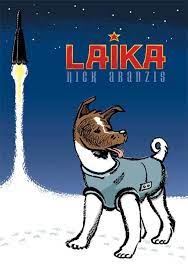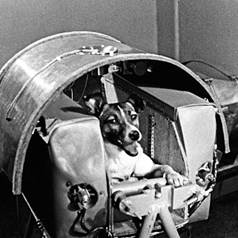Free Courses Sale ends Soon, Get It Now


Free Courses Sale ends Soon, Get It Now



Disclaimer: Copyright infringement not intended.
Context
Who was Laika?
Animals in Space

Sputnik 2
Note: Yuri Gagarin became the first human to orbit Earth.
© 2024 iasgyan. All right reserved